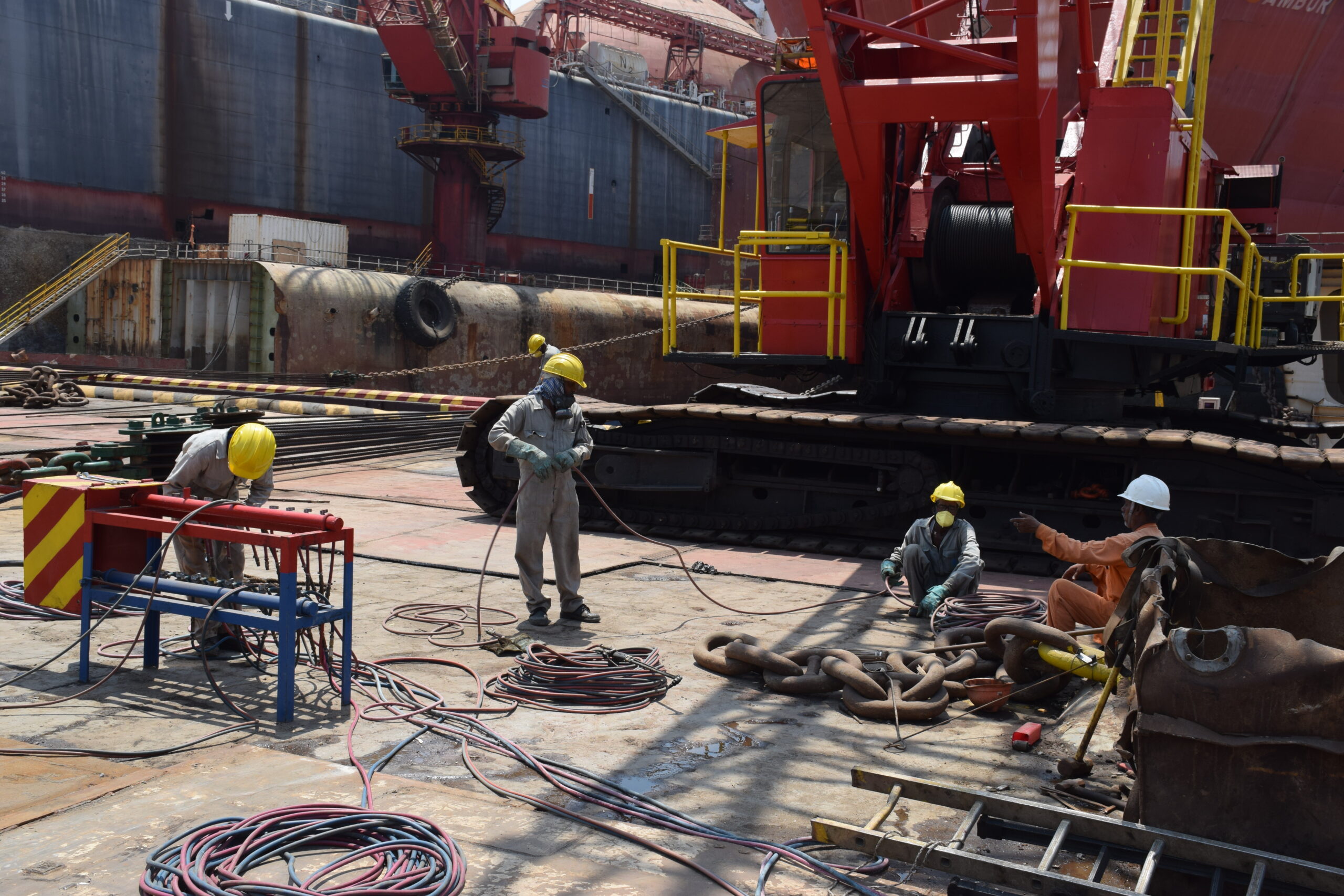Huthi Rebels Launch Fourth Strike on US Naval Fleet in the Red Sea
Sana’a, Yemen – The Yemeni Huthi rebels, backed by Iran, announced on Wednesday that they had launched yet another attack on US naval vessels in the Red Sea. This marks the fourth such assault targeting the American carrier fleet within just 72 hours.

According to a military spokesperson for the Huthis, “a number of cruise missiles and drones” were launched in the direction of the “aircraft carrier USS Harry Truman and a number of enemy warships.” The statement, which was reported by AFP, underscores the growing tension in the region as hostilities between the Huthis and US-led forces continue to escalate.
Escalating Attacks on US Naval Forces
The latest attack signifies an intensification of military operations by the Huthi rebels, who have increasingly targeted US and allied naval assets in the Red Sea. Over the past three days, multiple missile and drone attacks have been reported, prompting concerns over maritime security in one of the world’s most vital shipping lanes.
US officials have yet to confirm the extent of the damage, if any, inflicted by the latest assault. However, previous attacks by the Huthis have been intercepted by US naval defense systems, preventing significant losses. Despite these interceptions, the persistence of the Huthi offensives underscores their capability and intent to challenge the presence of US forces in the region.
US Strikes on Saada in Retaliation
The Huthi offensive came shortly after reports emerged that the US had conducted airstrikes on Saada, a city in northern Yemen and the historical stronghold of the Huthi movement. Huthi-controlled media outlets, including the Saba news agency and Al-Masira TV, accused the US of launching “a strike by the US aggression” on the Saada governorate.
Local residents confirmed to AFP that they had witnessed three separate strikes in the region on Tuesday night. The extent of the damage or casualties remains unclear, but the airstrikes represent an escalation of US military action against the Iran-backed rebels.
US officials have not publicly acknowledged the airstrikes, but analysts believe these operations could be part of an ongoing campaign to deter further Huthi aggression and disrupt their military capabilities.
Regional Implications and Iran’s Role
The Huthi attacks and the reported US strikes in Saada highlight the broader geopolitical tensions at play. The Huthi rebels, who have controlled large swathes of northern Yemen since 2014, receive substantial support from Iran, including military training, funding, and advanced weaponry. Iran’s backing of the Huthis has long been a point of contention for the United States and its regional allies, who view the group as a destabilizing force in the Middle East.
By targeting US naval forces, the Huthis may be attempting to send a clear message of defiance, further complicating diplomatic efforts to de-escalate tensions. The attacks also raise concerns about the security of commercial shipping routes through the Red Sea, a vital corridor for global trade.
A Continuing Cycle of Conflict
The recent hostilities mark yet another chapter in Yemen’s protracted conflict, which has raged since 2015 when a Saudi-led coalition intervened against the Huthi rebels. The conflict has resulted in one of the world’s worst humanitarian crises, with millions of Yemenis facing famine, displacement, and disease.
While there have been periodic efforts to broker peace between the warring factions, military confrontations such as these illustrate the fragility of the situation. The US has maintained its commitment to countering Huthi aggression, particularly threats to international shipping and its own naval assets, while also expressing the need for diplomatic solutions.
The Path Forward
The coming days will likely see heightened security measures by the US Navy in the Red Sea as they anticipate further attacks. Additionally, diplomatic channels may be engaged to address the rising tensions, particularly in light of ongoing international efforts to bring peace to Yemen.
Whether this latest exchange of hostilities leads to a broader conflict remains uncertain. However, with both sides showing a willingness to escalate, the potential for further violence looms large. The situation remains fluid, and the world will be closely watching how Washington and its allies respond to these latest provocations.
Author: shipping inbox
shipping and maritime related web portal








